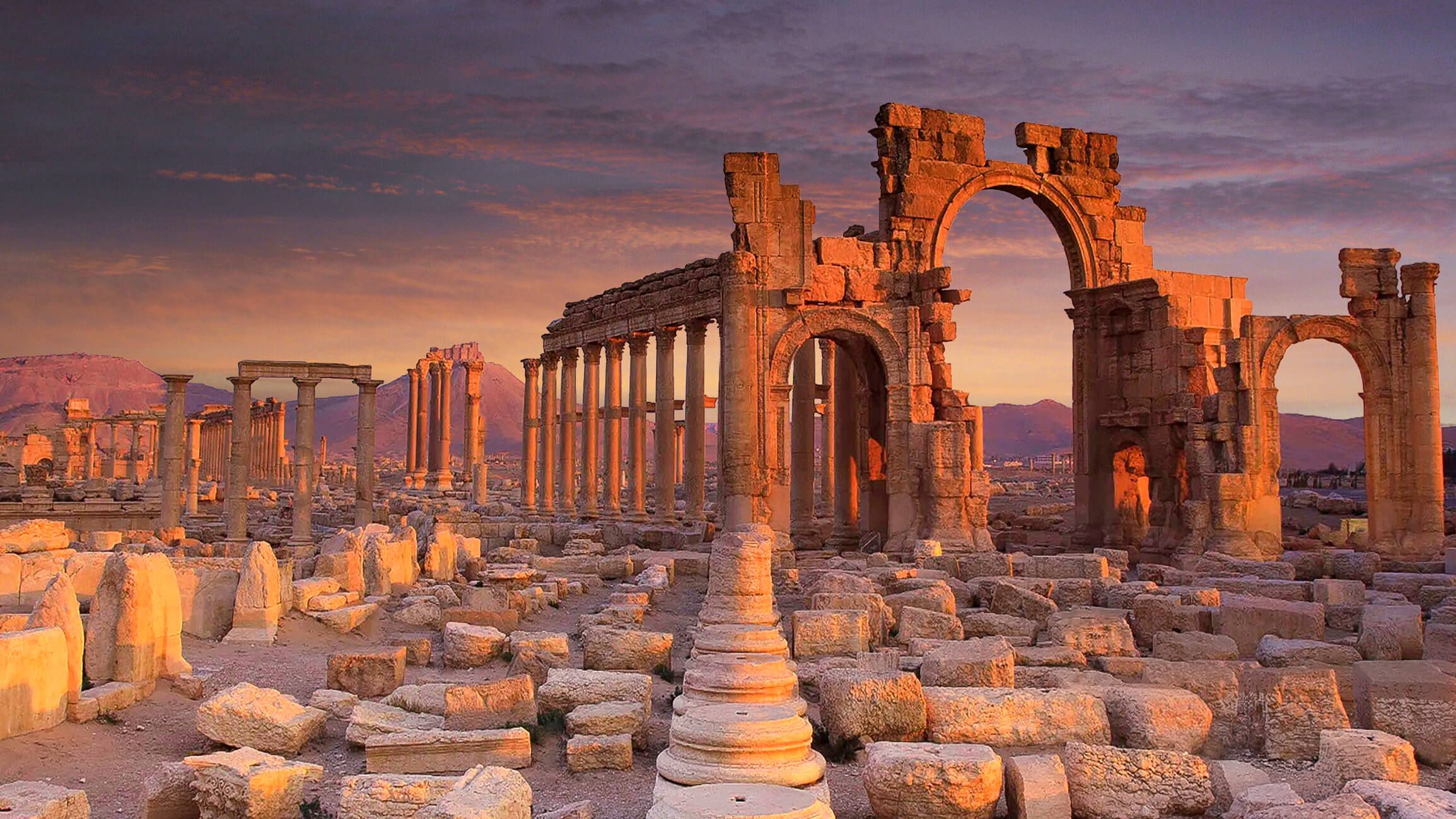Nestled in the heart of the Syrian desert lies the ancient city of Palmyra, a breathtaking oasis that has captivated travelers, historians, and archaeologists for centuries. Known as the “Bride of the Desert,” Palmyra’s rich history and stunning ruins offer a glimpse into a once-thriving metropolis that bridged the cultures of the East and West.
A Historical Crossroads
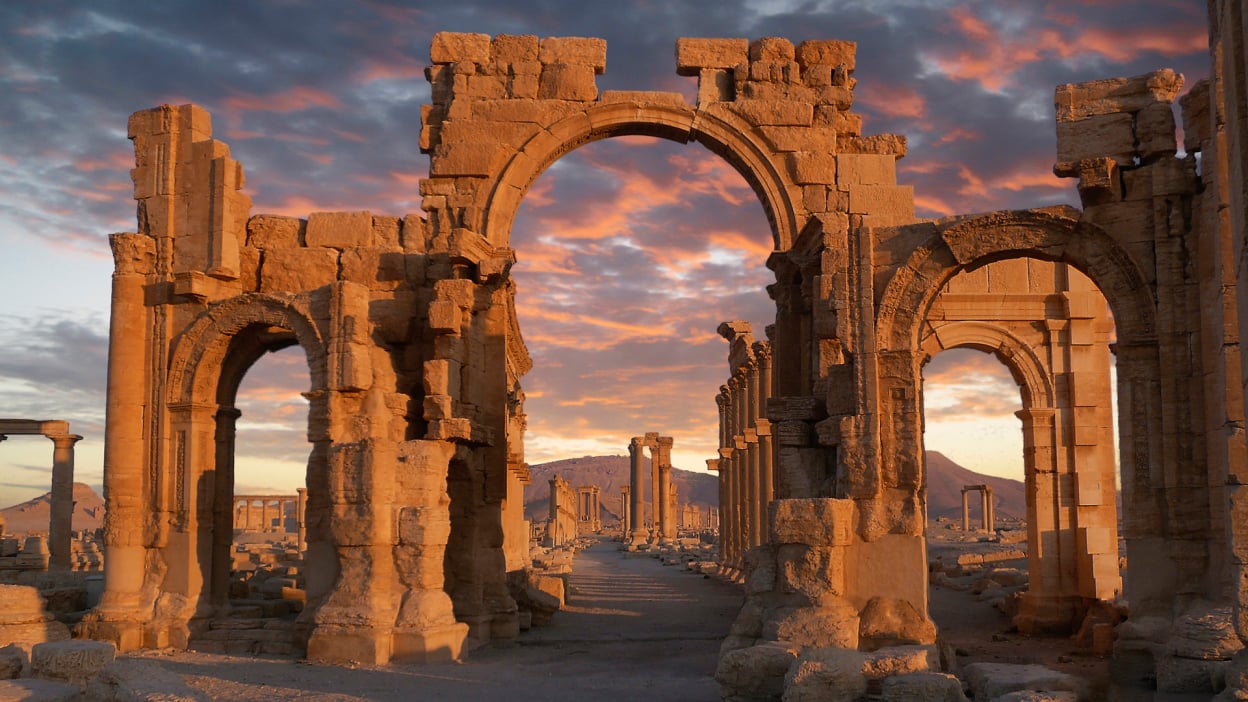
Palmyra, originally known as Tadmor, emerged as a vital trade hub in the ancient world. Situated at the crossroads of several key trade routes, it linked the Roman Empire with Persia, India, and China. This strategic location allowed Palmyra to flourish, becoming a melting pot of cultures, religions, and languages. The city’s wealth and cosmopolitan nature were reflected in its grand architecture and diverse population.
Architectural Marvels
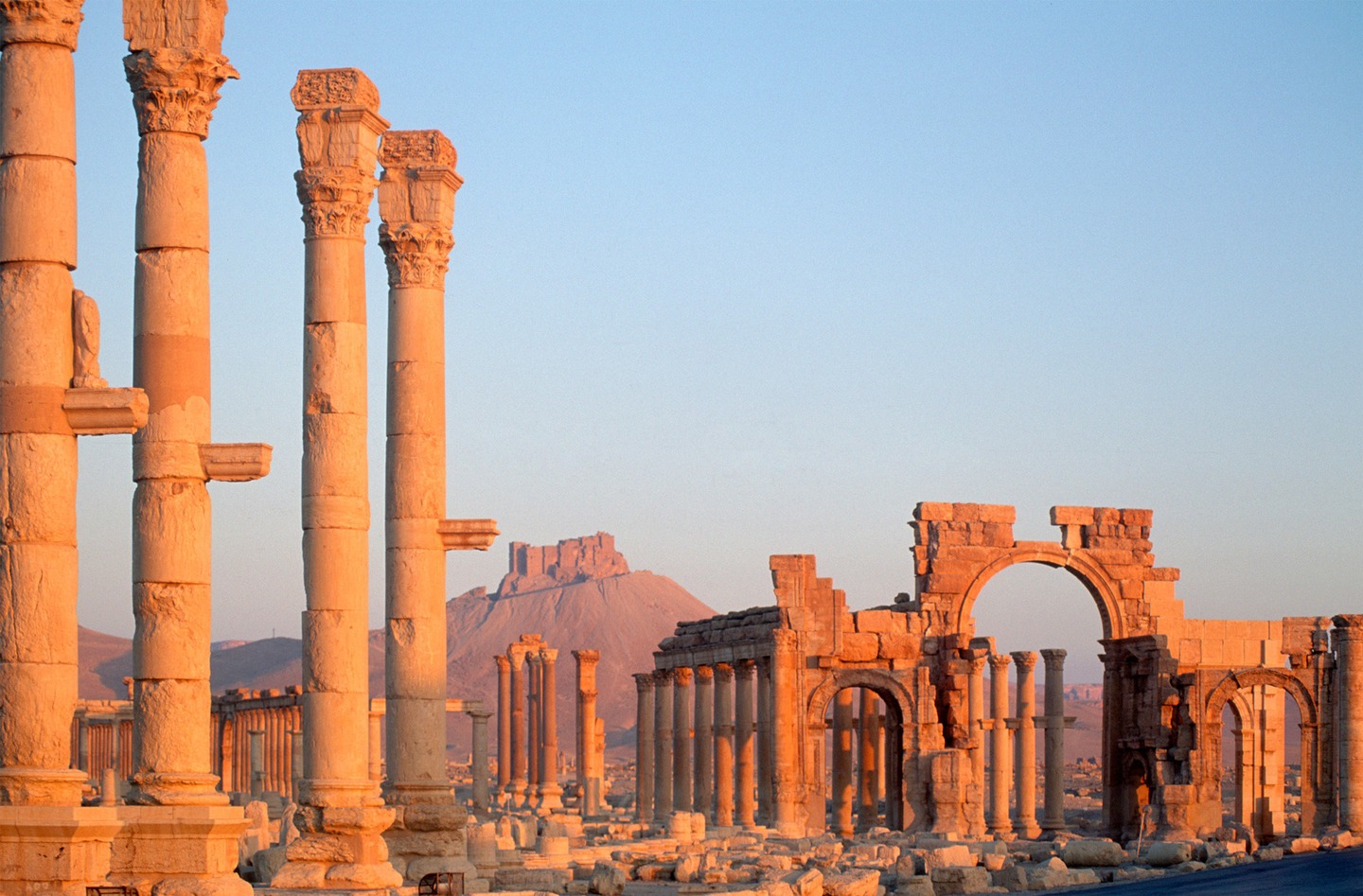
The ruins of Palmyra are a testament to its former grandeur. One of the most iconic structures is the Temple of Bel, dedicated to the Mesopotamian god Bel. Built in the 1st century AD, the temple complex was one of the largest religious buildings of its time, showcasing a blend of Greco-Roman and local architectural styles.

Another remarkable site is the Great Colonnade, a nearly mile-long avenue lined with Corinthian columns that once connected the city’s main gate to the Temple of Bel. Walking along this ancient thoroughfare, visitors can imagine the bustling activity that once filled this thriving city.
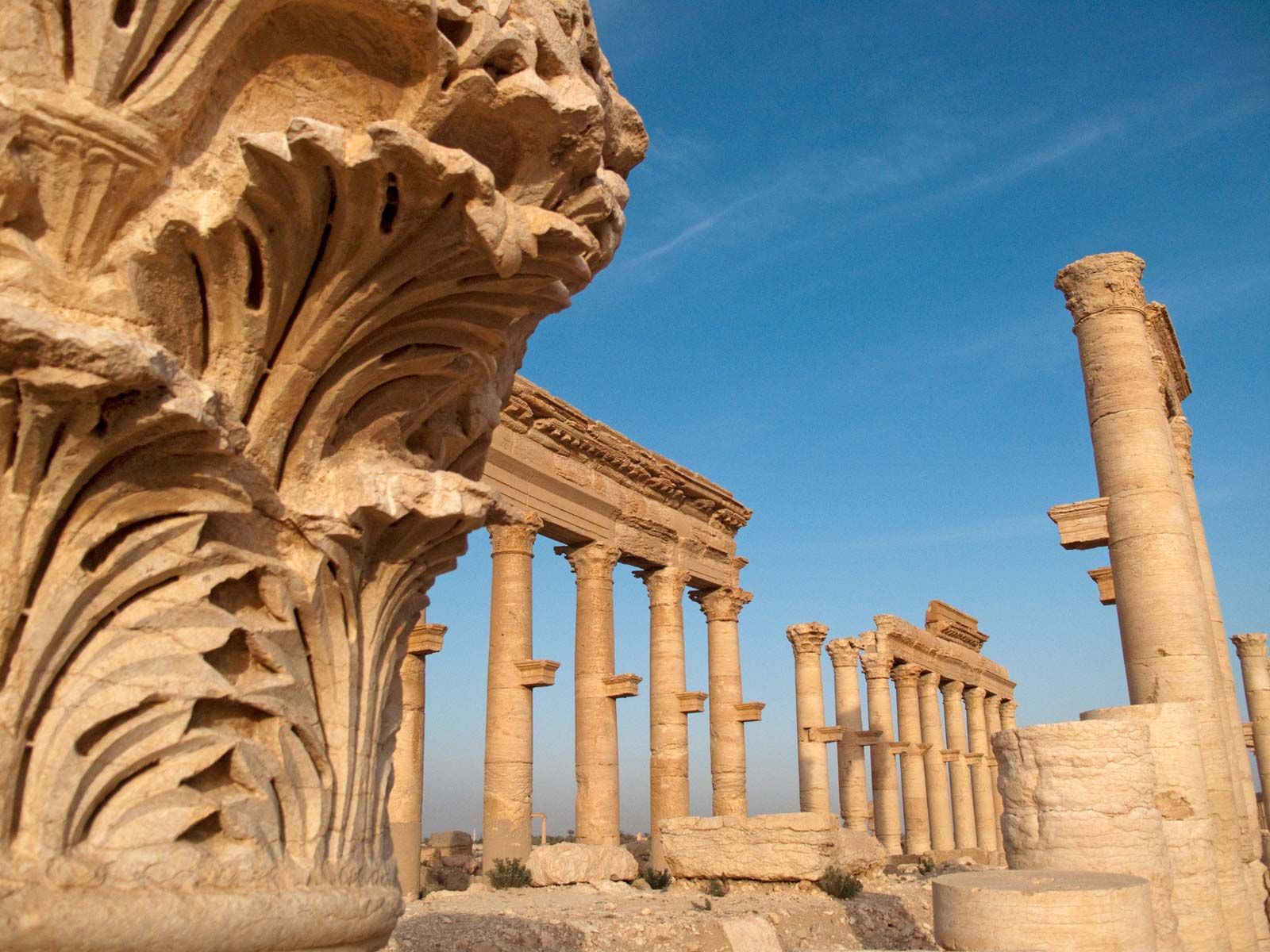
The theater of Palmyra, with its well-preserved stage and seating areas, offers a glimpse into the city’s cultural life. This grand structure hosted a variety of performances and gatherings, reflecting the city’s vibrant artistic and social scene.
The Splendor of the Tombs
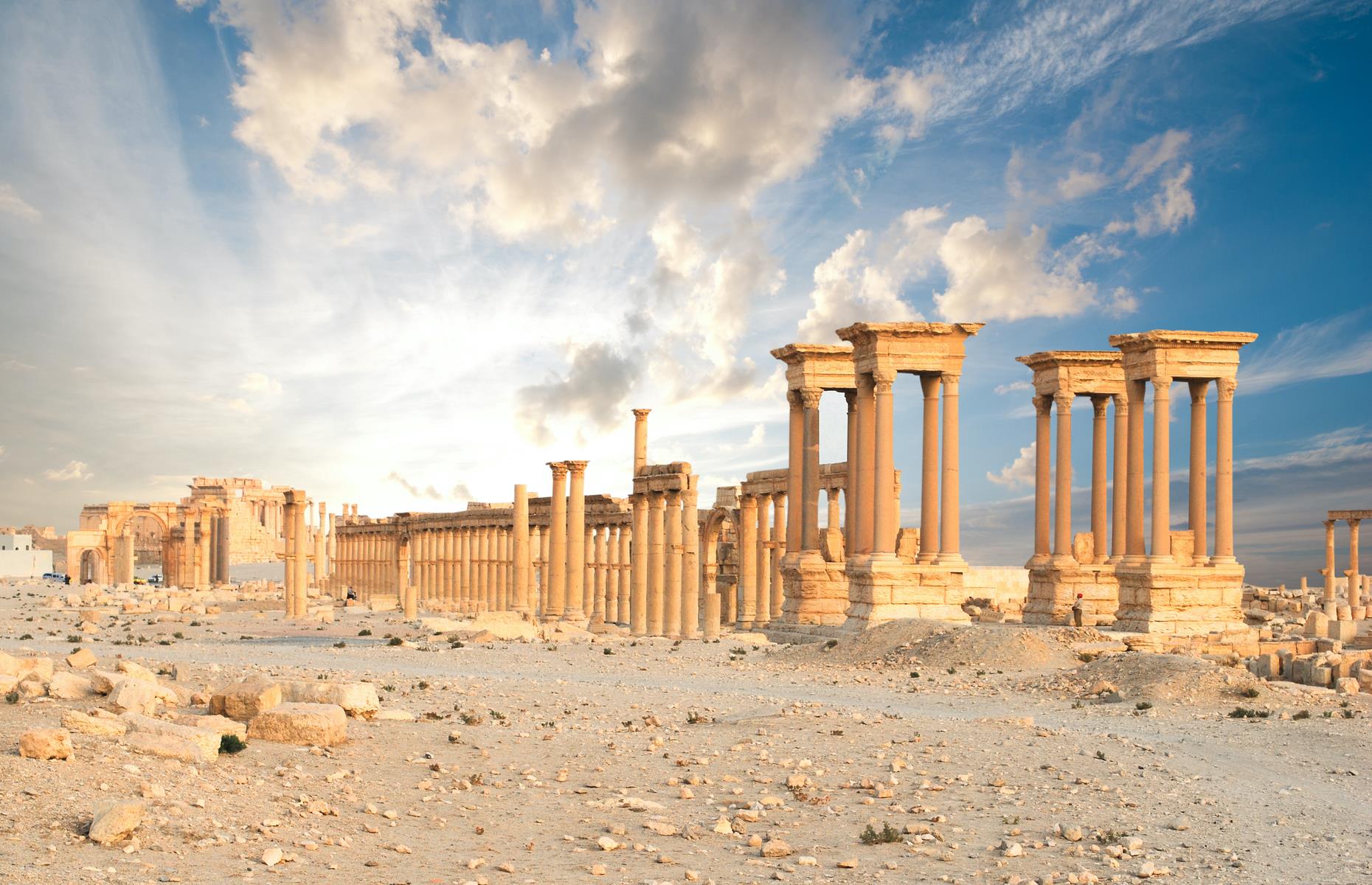
Palmyra is also renowned for its distinctive funerary monuments. The Valley of the Tombs, located to the west of the city, is home to several tower tombs, which are unique to Palmyra. These multi-story structures were family mausoleums, elaborately decorated with sculptures and inscriptions that provide valuable insights into the city’s inhabitants and their customs.
A City of Resilience

Despite its prosperity, Palmyra faced numerous challenges throughout its history. The city was conquered by several empires, including the Romans, who annexed it in the 1st century AD. However, Palmyra maintained a degree of autonomy, and under the leadership of Queen Zenobia in the 3rd century, it even challenged Roman authority, briefly establishing the Palmyrene Empire.

Zenobia’s reign, though short-lived, is a testament to the city’s resilience and ambition. Her legacy continues to inspire and intrigue scholars and enthusiasts alike.
Modern Challenges and Preservation Efforts

In recent years, Palmyra has faced significant threats due to conflict and looting. The city suffered extensive damage during the Syrian Civil War, with many of its priceless monuments and artifacts being destroyed or severely damaged. However, international efforts are underway to preserve and restore Palmyra’s cultural heritage.

Organizations such as UNESCO and various archaeological teams are working tirelessly to document and rebuild the ruins, ensuring that future generations can continue to marvel at this ancient jewel of the desert.
Conclusion: A Timeless Legacy
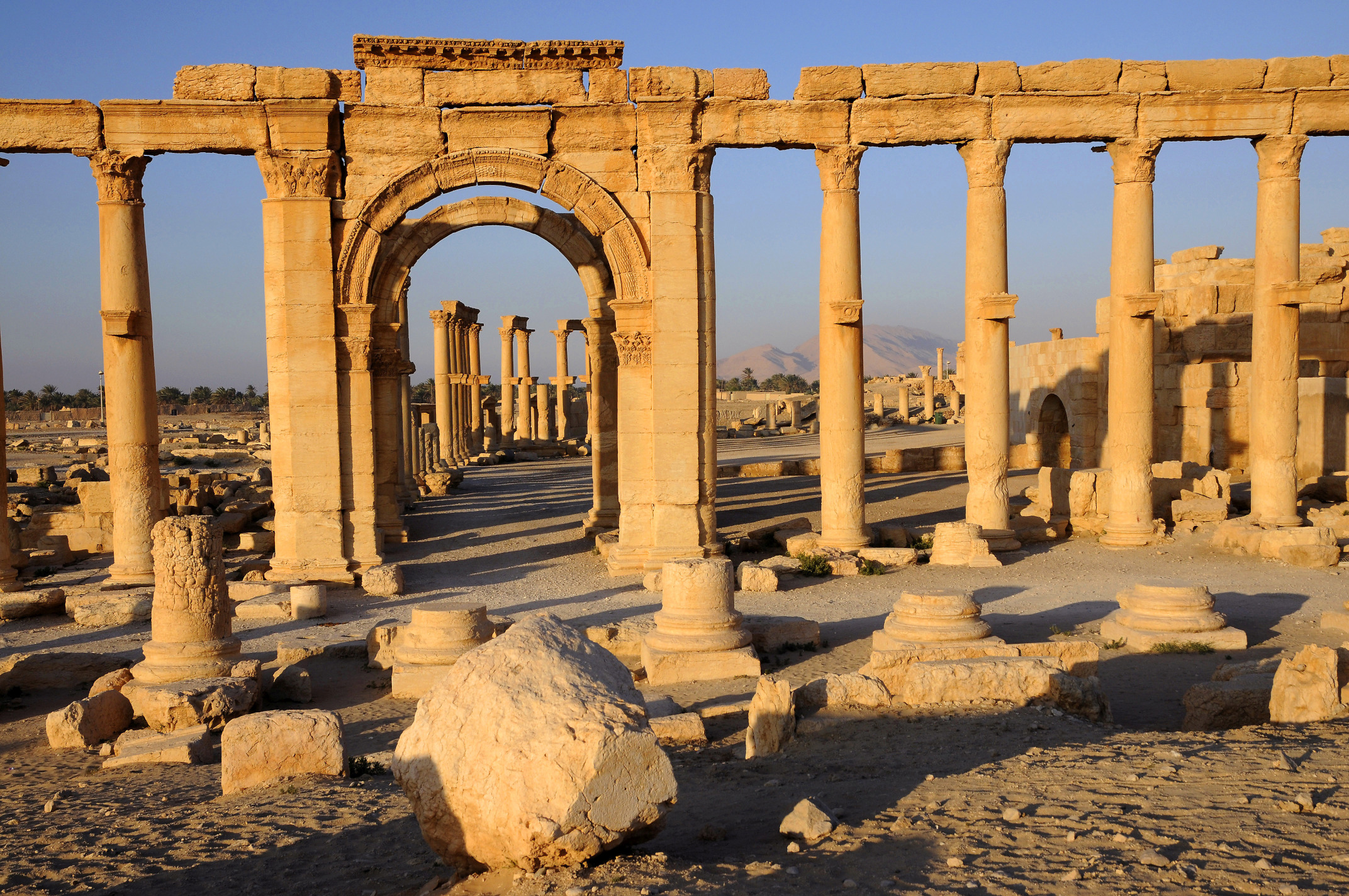
Palmyra’s enduring legacy is a testament to its historical significance and the indomitable spirit of its people. As we explore its ruins and uncover its stories, we are reminded of the city’s role as a beacon of cultural exchange and resilience.
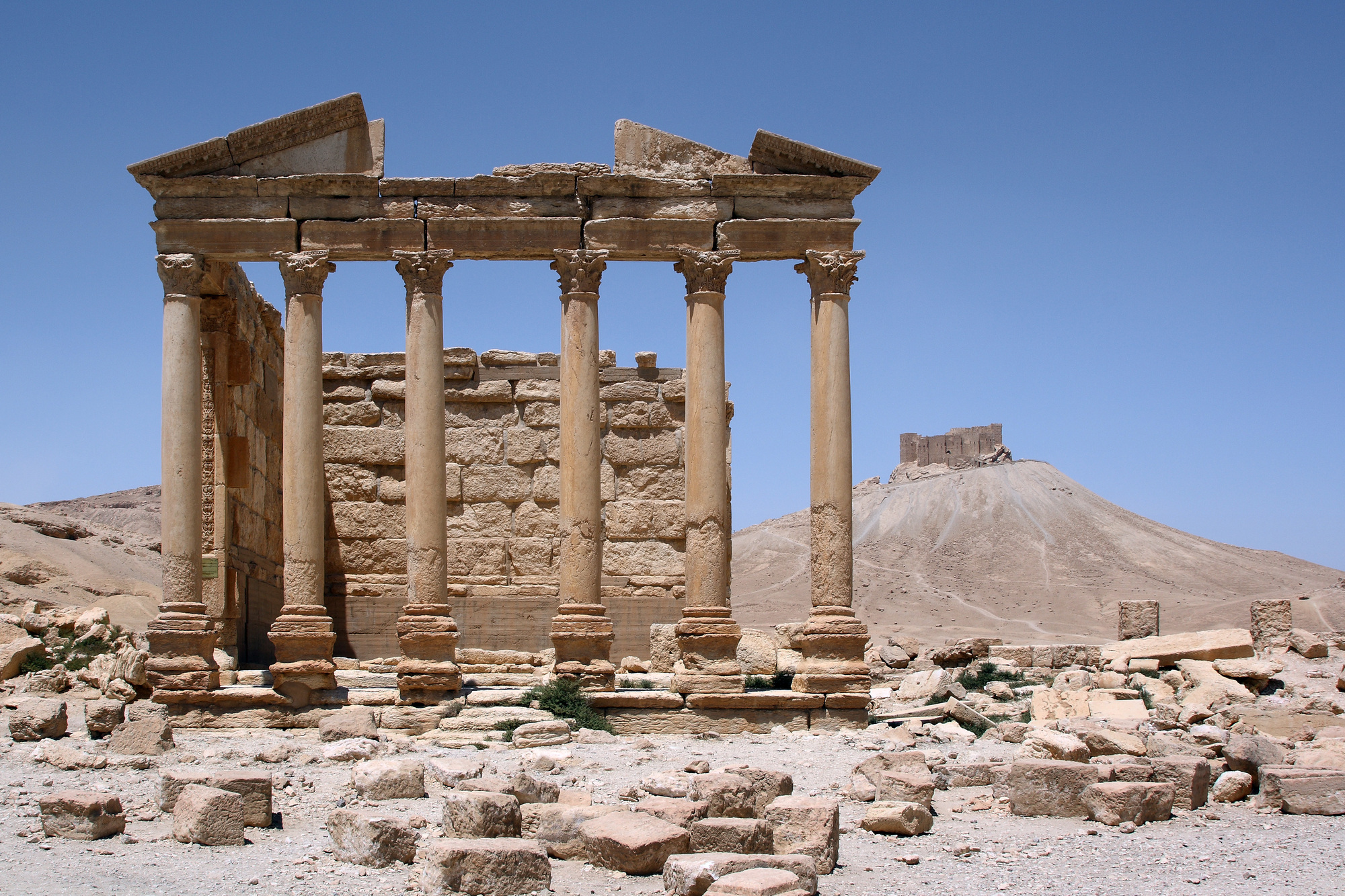
For those who visit, Palmyra offers more than just a glimpse into the past; it is a journey through time, where the echoes of ancient civilizations continue to resonate. The “Bride of the Desert” stands as a symbol of human achievement and perseverance, inspiring awe and admiration across the ages.
